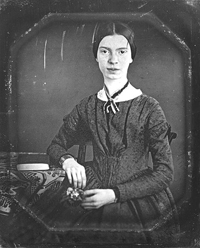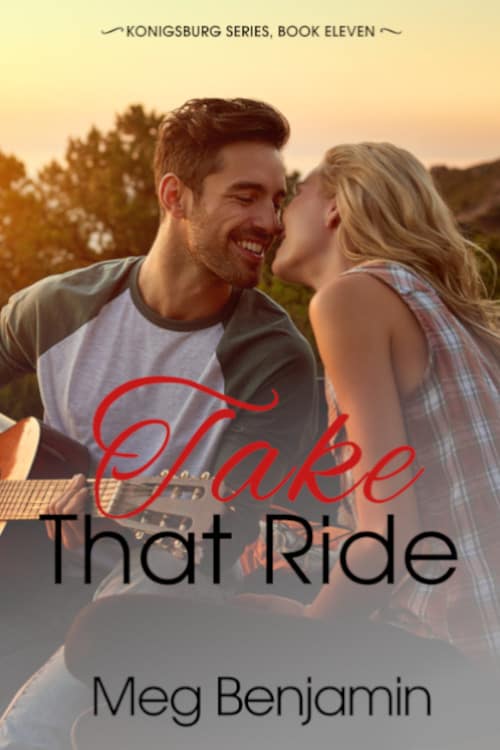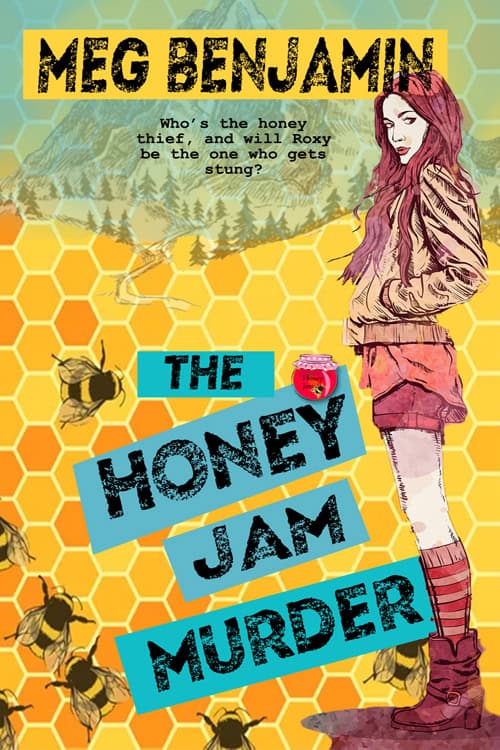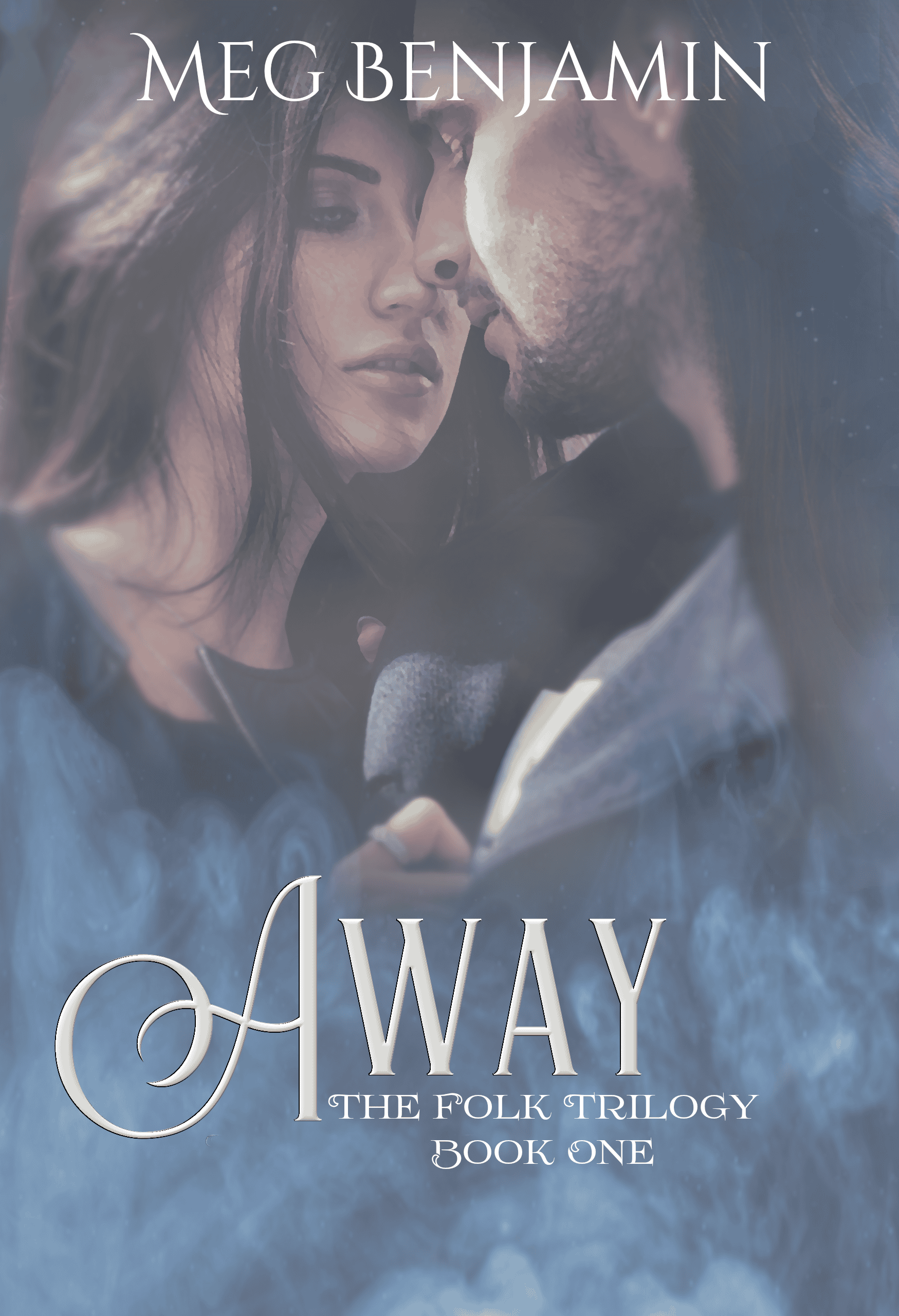I'm Nobody
I’m nobody! Who are you?
Are you nobody, too?
Then there’s a pair of us—don’t tell!
They’d banish us, you know.
 I’ve been thinking a lot about Emily Dickinson lately. I wish I could tie this post to some significant Dickinson date, but I really can’t. She was born on December 10 and died on May 15, so neither one really works with this. Nonetheless, I want to talk about her today and not only because I’m going to be heading off to one of those Big Conferences in a few days where I’ll truly feel like the first line of this poem applies to me. No, I started thinking the other day about Emily Dickinson and the self-publishing phenomenon.
I’ve been thinking a lot about Emily Dickinson lately. I wish I could tie this post to some significant Dickinson date, but I really can’t. She was born on December 10 and died on May 15, so neither one really works with this. Nonetheless, I want to talk about her today and not only because I’m going to be heading off to one of those Big Conferences in a few days where I’ll truly feel like the first line of this poem applies to me. No, I started thinking the other day about Emily Dickinson and the self-publishing phenomenon.
You see, although Dickinson wrote literally hundreds of poems, fewer than a dozen of them were actually published during her lifetime. Moreover, the ones that were published were usually altered substantially because editors figured most people would be turned off by her idiosyncratic style (to say nothing of her occasionally heretical religious beliefs).
Dickinson herself was sort of a textbook agoraphobe. She lived the latter part of her life without venturing far beyond her own room in the family home in Amherst, MA. After her death, her brother’s Significant Other, Mabel Loomis Todd, and Thomas Wentworth Higginson, a critic who had corresponded with Dickinson, published the first edition of some of her poetry after carefully editing (i.e., censoring) her more unusual thoughts and her literary style. The real depth and daring of her poetry wasn’t revealed until Thomas H. Johnson returned to Dickinson’s original versions and published a complete edition in 1955.
So what does this have to do with self-publishing? Well, just for a moment, consider what might have happened if Dickinson had had access to the Internet. She wouldn’t have had to send her stuff to the unsympathetic Higginson for critique (he referred to her as “my cracked poet” when he discussed her with his friends). Today, she might find a congenial on-line class where she could try out her slant rhymes with less conservative readers. Or, more importantly, she herself could put together a small collection of her poems, unedited, and put them up on Smashwords and Amazon for ninety-nine cents.
I’d like to think that she’d have been treated much more kindly if she could have presented her own poetry to a wider audience in the way she wanted it to be seen.
And yet, it’s quite possible that Dickinson knew only too well how her own poetry would be received, even if she’d been able to get it out there where it could be read. It’s quite possible that Higginson and Todd represented the way most readers would have reacted to something so unconventional. Even if she’d been able to publish her poetry unaltered, there’s no guarantee it would have been read, or if read, understood and appreciated.
So maybe Dickinson knew what she was doing. Maybe she was one of those rare writers for whom writing itself was the reward. And maybe even now she wouldn’t want to present her poetry to the outside world for other people to see and maybe misunderstand. Unlike a lot of us who agonize over readers and critics and editors and agents, maybe Emily figured the hell with it and wrote strictly for herself. After all, that poem that I quoted at the beginning of this post has a second stanza too.
How dreary to be somebody!
How public, like a frog
To tell your name the livelong day
To an admiring bog!
I think I’ll keep those lines stored away in the back of my mind. They’ll come in very handy after the next rejection.
Posted in Blog • Tags: emily dickinson, On Writing, self-publishing | Be The First To Reply!








